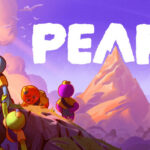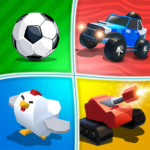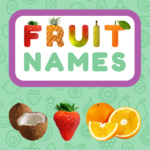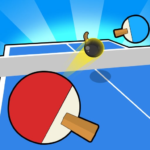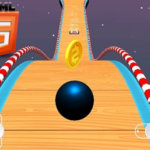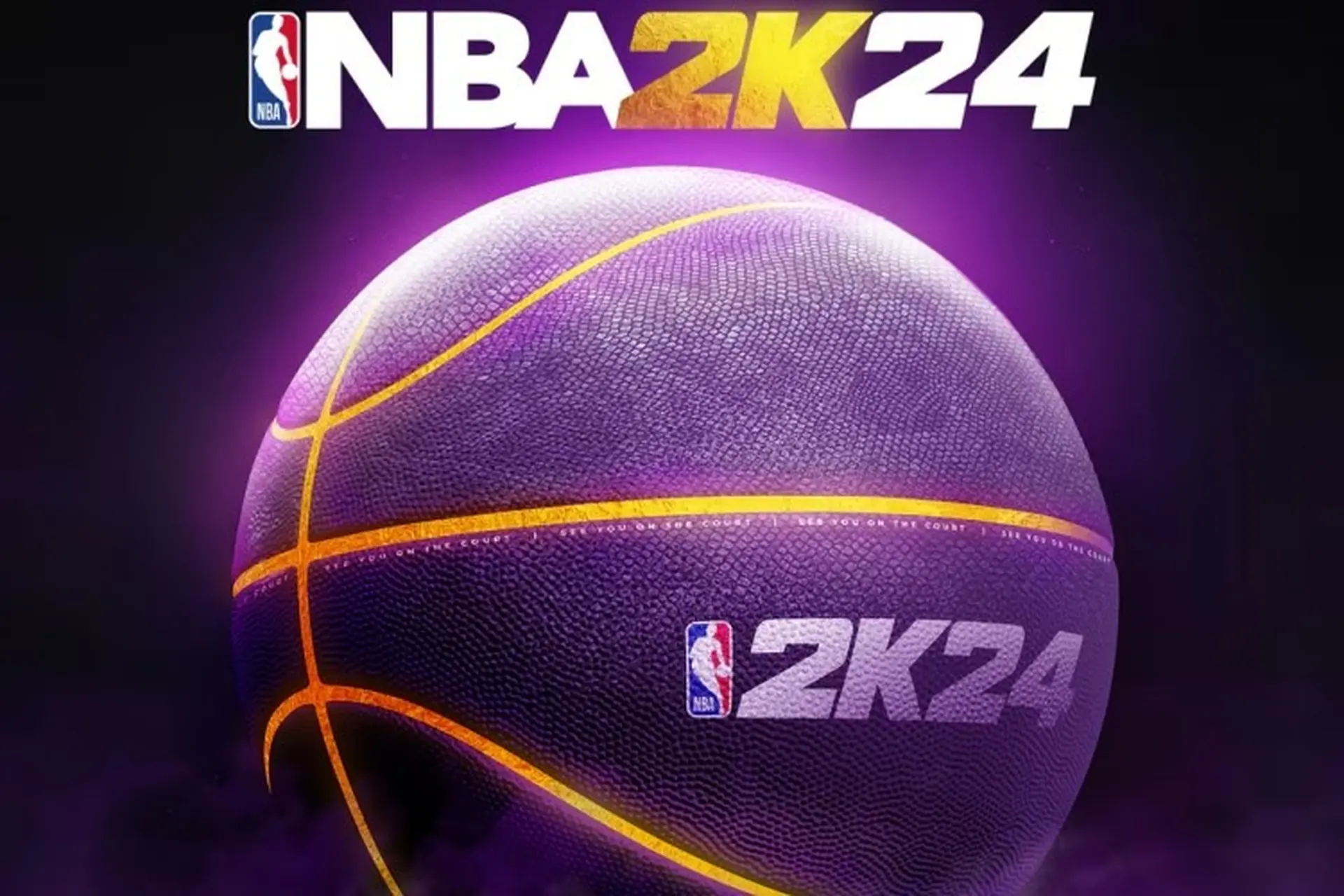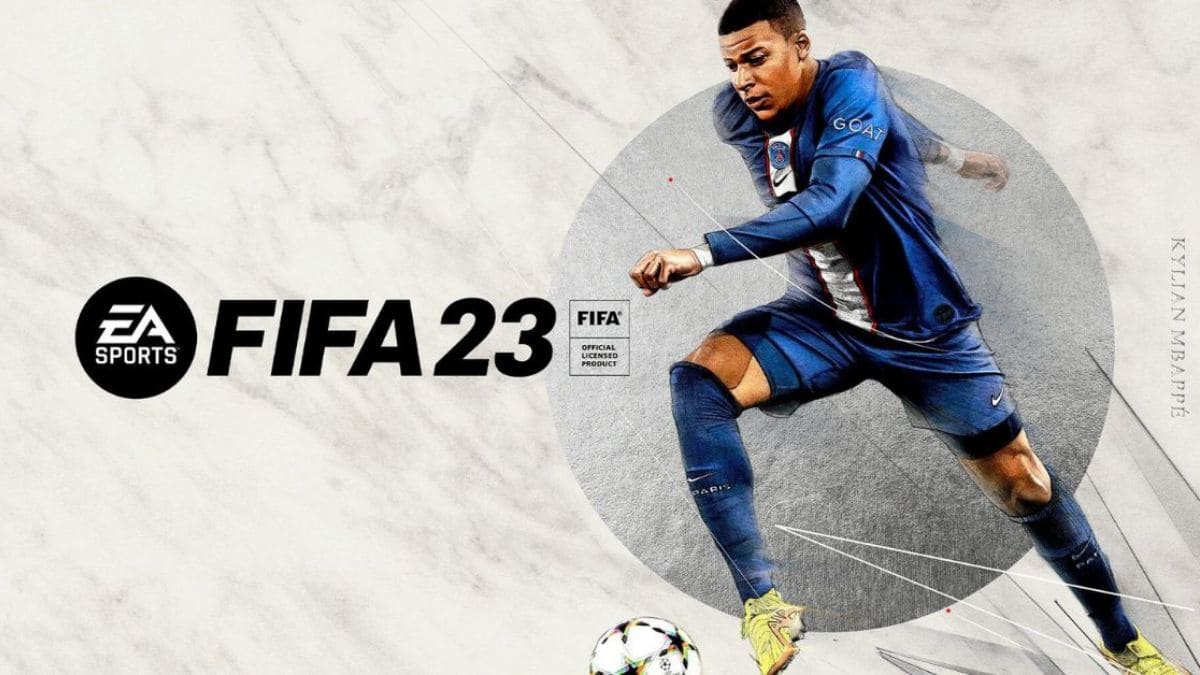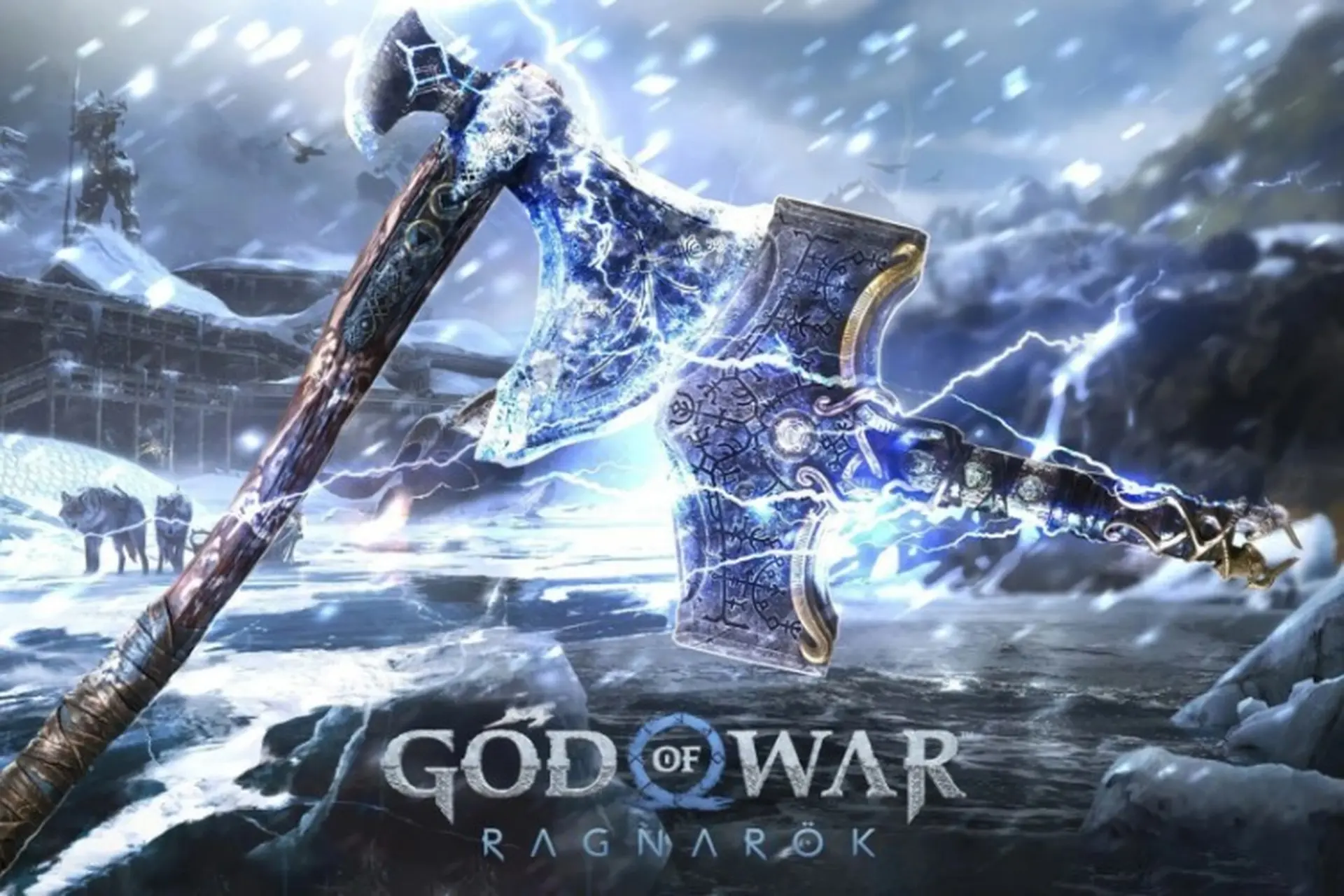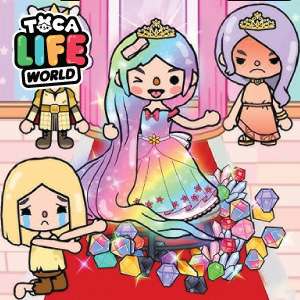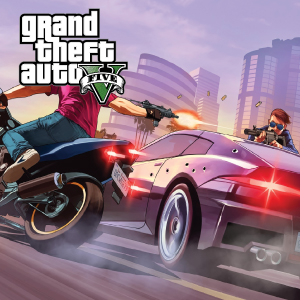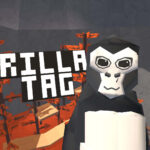Introduction
In a market saturated with jump scares and survival tropes, Poppy Playtime emerged in 2021 as a fresh take on horror gaming—blending unsettling storytelling, eerie exploration, and clever puzzle mechanics. Developed by MOB Entertainment (formerly known as MOB Games), this episodic indie horror title quickly gained a devoted following, thanks in part to its chilling antagonist, Huggy Wuggy, and an abandoned toy factory that oozes mystery and dread.
More than just another spooky game with dolls and monsters, Poppy Playtime dives deep into psychological horror, industrial decay, and twisted nostalgia. It leverages atmospheric tension over gore, delivering horror through implication and design. With its episodic storytelling and growing lore, Poppy Playtime has become a standout entry in the indie horror renaissance of the 2020s.
The Genesis of Poppy Playtime: Origins and Development
Poppy Playtime was developed by a small team at MOB Entertainment. Inspired by the rising trend of lore-rich horror titles like Bendy and the Ink Machine and Five Nights at Freddy’s, the developers set out to create a world where horror lives in the margins—abandoned buildings, VHS tapes, and forgotten mascots.
The game was first released in October 2021 with Chapter 1: A Tight Squeeze. Priced affordably and packed with suspense, it quickly caught the attention of YouTubers and streamers, going viral in the process.
H3: Key Influences
-
1980s and 1990s toy culture
-
Psychological horror over physical violence
-
Viral marketing through cryptic teasers and audio logs
Pros:
-
Fresh IP with unique visual identity
-
Quickly built a loyal community
Cons:
-
Initial technical limitations due to small budget
-
Short first chapter raised questions about content length
Rating: 8.2/10
Chapter 1: A Tight Squeeze – Setting the Tone
The first chapter introduces players to the derelict Playtime Co. toy factory, once a bustling hub of children’s entertainment and now a shadowy maze of secrets. Players take on the role of a former employee investigating the mysterious disappearance of the factory's entire staff.
The game’s iconic antagonist, Huggy Wuggy, appears here as both a mascot and monster. As the player solves puzzles using the GrabPack—a multi-functional tool allowing you to interact with objects at a distance—the factory slowly unveils its terrifying nature.
H4: Gameplay Elements
-
GrabPack mechanics
-
Light puzzle-solving mixed with suspenseful exploration
-
VHS tapes that build the backstory
Pros:
-
Memorable monster design (Huggy Wuggy)
-
Gripping use of minimal dialogue and environmental storytelling
Cons:
-
Linear gameplay with low replayability
-
Short duration (under 1 hour)
Rating: 8.5/10
Chapter 2: Fly in a Web – Expanding the Horror
Released in May 2022, Chapter 2 introduced a new villain: Mommy Long Legs—a creepy, elastic antagonist who turns childhood innocence into something horrific. This chapter also massively expanded gameplay time, narrative depth, and puzzle complexity.
Chapter 2's puzzles are more elaborate, featuring electricity rerouting, conveyor belts, and platforming sequences. The chapter also expands on the mystery surrounding Playtime Co.’s unethical experiments on orphans.
H3: New Features
-
Larger map layout with different areas
-
Multiple mini-games like Musical Memory
-
Increased AI intelligence and chase sequences
Pros:
-
Strong villain characterization (Mommy Long Legs)
-
Much longer and more intricate than Chapter 1
Cons:
-
Some puzzles can be overly complex or buggy
-
Performance issues on lower-end PCs
Rating: 9.0/10
Lore and Mystery: The Heart of the Experience
What makes Poppy Playtime especially compelling is its rich, cryptic lore. The game never gives answers directly. Instead, it relies on environmental storytelling, hidden messages, and collectible VHS tapes to suggest a sinister tale of child experimentation, corporate greed, and betrayal.
The titular Poppy, a sentient doll introduced briefly at the end of Chapter 1, becomes a more complex character in Chapter 2. As the game progresses, it becomes clear that Playtime Co. was conducting inhumane experiments to bring toys to life—with horrifying consequences.
Key Lore Themes
-
Children turned into living toys
-
Corrupt industrial experimentation
-
The illusion of joy masking evil
Pros:
-
Engages community through speculation and theorycrafting
-
Deepens replay value via hidden lore
Cons:
-
Some plot points remain vague for too long
-
New players may miss essential clues
Rating: 9.1/10
The Visual Design: Cartoonish Horror and Industrial Decay
One of Poppy Playtime’s most effective tools is its art direction. The contrast between colorful, child-friendly toys and rusted factory halls creates a jarring atmosphere. The visual style blends nostalgia with menace, drawing inspiration from 1980s cartoon mascots and real-life defunct brands like Chuck E. Cheese or ShowBiz Pizza.
The character designs—especially Huggy Wuggy and Mommy Long Legs—are both whimsical and horrifying, tapping into the "uncanny valley" effect. The use of lighting and shadow enhances this discomfort, often hiding threats in plain sight.
H4: Notable Design Features
-
Bold primary colors in decayed settings
-
Playful signage with dark undertones
-
Creepy animations during chase scenes
Pros:
-
Visually distinct from other horror games
-
Strong thematic coherence
Cons:
-
Occasional texture pop-in or clipping bugs
-
Some lighting choices make puzzles harder to navigate
Rating: 8.8/10
Sound Design: Atmosphere Through Audio
The soundtrack and sound effects in Poppy Playtime contribute significantly to the experience. The game often eschews music in favor of ambient sounds: whirring machinery, distant thuds, and chilling whispers. When music is used—such as in chase sequences—it ramps up the anxiety with high-tempo dissonance.
Voice acting is minimal but effective. VHS tapes feature corporate-sounding employees and increasingly frantic researchers. Mommy Long Legs, voiced with twisted glee, is a standout.
Audio Highlights
-
Chase themes that escalate tension
-
Use of silence to provoke discomfort
-
Hidden audio logs with lore drops
Pros:
-
Perfectly complements the horror tone
-
Minimalist but purposeful soundscapes
Cons:
-
Lack of voice acting for the protagonist
-
Limited variation in ambient sounds over time
Rating: 8.9/10
Community and Cultural Impact
Since its release, Poppy Playtime has built a massive fanbase. Its popularity skyrocketed thanks to content creators on YouTube and TikTok, who shared reactions, theories, and gameplay walkthroughs. Huggy Wuggy became a pop culture phenomenon, spawning memes, merchandise, and even parental warnings due to fears about his frightening image.
Fan art, mods, and cosplay have flourished online. The community’s engagement with the lore, particularly through theory videos, rivals that of FNAF in terms of speculation and discussion.
Community Contributions
-
Extensive fan theories and timeline breakdowns
-
High-volume modding for custom gameplay
-
Fan animations and remixes
Pros:
-
Strong and creative online presence
-
Developers interact with and acknowledge fans
Cons:
-
Misunderstandings about its content have led to backlash (e.g., parental concerns)
-
Modding support is unofficial and limited
Rating: 9.0/10
Merchandise, Spin-Offs, and Expanding the Brand
As Poppy Playtime’s popularity grew, MOB Entertainment expanded its reach into merchandise—selling plushies, apparel, and collector’s items. There are plans for a possible mobile adaptation and even discussions about animated shorts or a series.
The GrabPack, Huggy Wuggy plush, and VHS-styled collectible figures are especially popular among younger fans, despite the game being horror-focused. This merchandising mirrors what made Five Nights at Freddy’s a cross-demographic success.
H4: Notable Products
-
Huggy Wuggy and Mommy Long Legs plush toys
-
VHS-style collector boxes
-
Official comics and lore supplements
Pros:
-
High-quality, fan-friendly merchandise
-
Builds anticipation for future releases
Cons:
-
Horror branding creates age-appropriateness concerns
-
Over-commercialization risks brand fatigue
Rating: 8.6/10
Controversy and Ethical Questions
Despite its success, Poppy Playtime has faced controversy. In 2021, developers were accused of NFT involvement, leading to fan backlash. Though the team later distanced itself from NFT integration, it left a mark on its reputation.
Additionally, concerns arose about children accessing the game and reacting poorly to the scares, as well as criticisms over the use of horror to market toys. This echoes debates around FNAF and similar franchises.
Controversial Moments
-
NFT backlash in early development
-
Concerns over marketing horror to young children
-
Debate over monetization in future chapters
Pros:
-
Developers responded and shifted direction
-
Open communication has improved since
Cons:
-
Early decisions hurt developer trust
-
Mixed messaging regarding target age demographic
Rating: 7.9/10
What Lies Ahead: Chapter 3 and Beyond
The upcoming Chapter 3 promises to dive deeper into Playtime Co.’s most guarded secrets. Teasers hint at new monsters, upgraded mechanics, and more sophisticated puzzles. The narrative appears to be leaning into darker territory, possibly exploring the consciousness of toys created from real human subjects.
With rising expectations, Chapter 3 must balance innovation with consistency. Fans hope for expanded areas, replayable content, and tighter performance optimization.
Predicted Features
-
More interactive environments
-
Expanded GrabPack functionality
-
Multiple endings or narrative branches
Pros:
-
Growing budget and dev experience should boost quality
-
Story threads set up a compelling arc
Cons:
-
Pressure from fan expectations
-
Episodic model slows momentum
Rating (anticipation): 9.2/10
Pros and Cons Summary
Pros:
-
Creative and immersive horror setting
-
Strong character design (Huggy Wuggy, Mommy Long Legs)
-
Engaging lore and community theorycrafting
-
Effective puzzle mechanics and gameplay variety
-
High replayability due to hidden lore
Cons:
-
Short gameplay per chapter
-
Technical issues and performance bugs
-
Mixed messaging about age suitability
-
Some controversies in early development
Conclusion
Poppy Playtime is a compelling blend of industrial horror, childlike nostalgia, and unfolding mystery. It succeeds where many horror games fail—not through excessive gore, but through atmosphere, subtle storytelling, and uniquely designed threats that linger in the mind long after the screen fades to black.
While it still faces challenges as an episodic indie project—balancing fan expectations, performance, and storytelling—its trajectory is promising. With new chapters, merchandise, and a growing community, Poppy Playtime is cementing itself as a staple of modern horror gaming.
Final Expert Rating: 8.9/10 – A standout indie horror experience that combines unsettling design, immersive lore, and inventive gameplay to captivate and terrify in equal measure.













